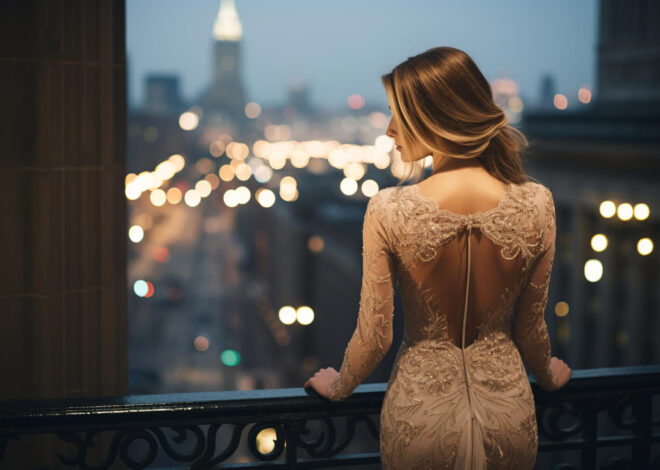
Etykieta ubioru na międzynarodowych spotkaniach biznesowych. Klucz do globalnego sukcesu
W świecie biznesu, pierwsze wrażenie ma kluczowe znaczenie. A to, co na nas widzą, zanim zaczniemy mówić, to nasz strój. Jak się ubrać na spotkanie biznesowe w różnych częściach świata? Oto przewodnik, który pomoże Ci zrozumieć różnorodność kulturową w kontekście ubioru biznesowego.
W erze globalizacji, zrozumienie etykiety ubioru w różnych kulturach stało się nieodłącznym elementem sukcesu w biznesie. Znaczenie ubioru w kontekście biznesowym jest nie do przecenienia, ponieważ to, jak się prezentujemy, może wpłynąć na pierwsze wrażenie i dalszą współpracę. Celem tego artykułu jest zwrócenie uwagi na różnorodność kulturową w kontekście ubioru biznesowego i podkreślenie, jak ważne jest dostosowanie się do niej.
Europa – różnorodność i tradycja
W Europie panuje zasada, że na pierwsze spotkanie biznesowe najlepiej jest wybrać strój klasyczny. Ważne jest, aby zwrócić uwagę na dobrze utrzymane buty. W niektórych krajach, takich jak Szwecja czy Włochy, panuje tendencja do zachowania formalnego stylu ubioru, z naciskiem na elegancję i jakość materiałów.
Chociaż w wielu krajach europejskich obowiązuje klasyczny dress code, to różnice kulturowe sprawiają, że w różnych regionach mogą obowiązywać nieco różne zasady. Na przykład, w Niemczech akceptowane są niebieskie blezery i szare flanelowe spodnie, a we Włoszech warto zwrócić uwagę na modny i elegancki strój, zgodny z najnowszymi trendami.
Azja – miejsce, gdzie tradycja spotyka nowoczesność
W krajach azjatyckich, takich jak Kazachstan, obowiązuje klasyczny strój biznesowy, z naciskiem na tradycyjny, elegancki wygląd. Ważne jest, aby zwrócić uwagę na dobrze wyczyszczone buty, a także na to, aby strój był zgodny z tradycyjnym stylem danego kraju.
W Azji ważne jest, aby zwracać uwagę na kulturowe normy i zasady etykiety. Na przykład, w Japonii warto zwrócić uwagę na formalność i tradycyjne elementy stroju, które mogą być ważne w kontekście biznesowym.
Ameryka – od formalności po luźny dress code
W krajach amerykańskich, takich jak USA czy Kanada, obowiązuje zasada formalności i profesjonalizmu. Strój biznesowy jest często wymagany nie tylko na spotkaniach biznesowych, ale także podczas różnych okazji towarzyskich.
W niektórych regionach Ameryki, szczególnie w USA, obserwujemy także trend w kierunku luźniejszego dress code. Ważne jest jednak, aby nawet w takim przypadku zwracać uwagę na elegancję i profesjonalizm.
Znaczenie odpowiedniego ubioru
Odpowiedni ubiór może być kluczem do sukcesu w biznesie. Pokazuje on nie tylko nasz profesjonalizm, ale także szacunek dla kultury i tradycji danego kraju.
Podczas wyboru stroju na spotkanie biznesowe warto zwrócić uwagę na kilka kluczowych aspektów: formalność, zgodność z tradycją i kulturą danego kraju, a także na to, aby strój był zawsze czysty i zadbany.



